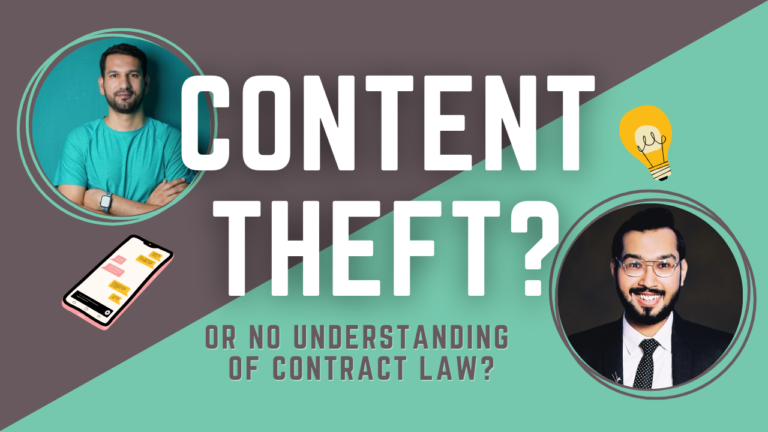Tactical media choices should be predicated on a well-defined strategy, not the other way around. Anything less is putting the cart before the horse. Let’s put this “social-first” nonsense to bed. Starting with a conclusion before conducting robust research and formulating objectives is bush league. The notion that a “social-first” approach is the silver bullet for marketing success is nothing short of myopic.
It’s astounding that we still need to remind ourselves that effective advertising depends on a nuanced understanding of our target audience, positioning, objectives, and budget. A one-size-fits-all approach, whether it’s social-first, TV-first, or digital-first, is a recipe for disaster. It’s a simplistic, junior approach to marketing that neglects the complexities of strategy and communication. You don’t start with a medium; you start with a strategy.
And that strategy might lead you to prioritize TV, social, or a combination of both. The idea that one medium is inherently better than the other is misguided. In reality, the interplay between TV and social is often the most effective approach. This isn’t about pitting one medium against the other; it’s about leveraging their unique strengths to create a cohesive marketing strategy.
Media neutrality is a timeless concept that emphasizes the importance of considering all media channels equally. It’s a more nuanced approach that recognizes the diversity of consumer behaviors and preferences. So, let’s move beyond the “social-first” mantra and focus on developing marketing strategies that are truly media-agnostic. Anything less is just amateur hour.
That said, let’s assume that this idea lines up strategically
We’re overdue for a paradigm shift in how brands approach social media. It’s time to move beyond treating social as just another media channel and instead, embrace it as the native space it is. This means unlocking cultural relevance, engagement, and timeliness – the very things users expect and platforms reward.
Elevating social to the heart of brand strategy is crucial. If Unilever’s plan is merely about allocating budgets, that would be a missed opportunity. We know from Les Binet and Ebiquity that strong brands are built holistically across channels. Yet, in practice, social – particularly owned and earned – remains underutilized.
This is a missed opportunity, especially considering platforms are designed to amplify culturally tuned, participatory behavior. Perhaps the momentum behind data and AI can help break down legacy silos and unlock real-time insights into what works. If executed well, this could drive more collaborative, agile, and strategically aligned ways of working – exactly what marketers need to deliver results in today’s high-pressure environment.
What he may have meant and never said out loud
In traditional brand building we connect our product truth to a consumer insight and then broadcast it to the masses via interruptive media. Today, younger audiences are spending three times as much time on TikTok and YouTube as they are on broadcast TV. Today’s audiences expect dialogue, and brands need to play a contributory role in their lives. It’s time for brand building to modernise and prioritise digital and social channels.
Agencies still operating in a world of reach and frequency need to wake up and smell the saké. We’re living in a world of reach and engagement, where consumers exist in their own ecosystems of cultural context. Brands need to find their authentic role in these ecosystems and strive to be a valued part of the cultural fabric.
For agencies developing a strategy, the starting point should be finding the relevant and authentic role for the brand. How can the brand contribute to consumer culture? Is it offering utility, entertainment, or helping consumers deal with a particular challenge? Once we’ve answered these questions, we can begin to bridge back towards sales.
It’s not about abandoning traditional broadcast media entirely, but rather shifting our emphasis. Build your brand strategy “social-out” and then extrapolate the thinking into broadcast. Creative ideation should sit in the dynamic space of social media, where message control can be difficult to manage, and then filter out across broadcast channels.
As part of the strategic planning process, brands need to consider the role of earned, owned, and paid content in this space. Influencers, dark posted campaigns, and culturally-led content all have a role to play.









